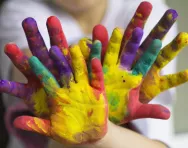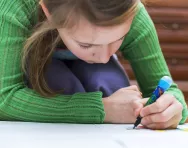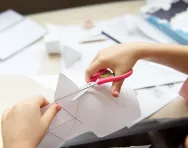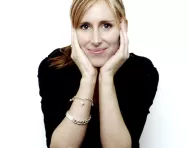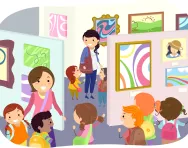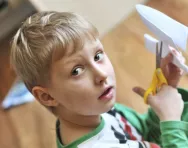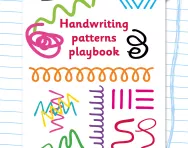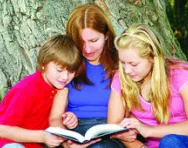Important update from TheSchoolRun
For the past 13 years, TheSchoolRun has been run by a small team of mums working from home, dedicated to providing quality educational resources to primary school parents. Unfortunately, rising supplier costs and falling revenue have made it impossible for us to continue operating, and we’ve had to make the difficult decision to close. The good news: We’ve arranged for another educational provider to take over many of our resources. These will be hosted on a new portal, where the content will be updated and expanded to support your child’s learning.
What this means for subscribers:
- Your subscription is still active, and for now, you can keep using the website as normal — just log in with your usual details to access all our articles and resources*.
- In a few months, all resources will move to the new portal. You’ll continue to have access there until your subscription ends. We’ll send you full details nearer the time.
- As a thank you for your support, we’ll also be sending you 16 primary school eBooks (worth £108.84) to download and keep.
A few changes to be aware of:
- The Learning Journey weekly email has ended, but your child’s plan will still be updated on your dashboard each Monday. Just log in to see the recommended worksheets.
- The 11+ weekly emails have now ended. We sent you all the remaining emails in the series at the end of March — please check your inbox (and spam folder) if you haven’t seen them. You can also follow the full programme here: 11+ Learning Journey.
If you have any questions, please contact us at [email protected]. Thank you for being part of our journey it’s been a privilege to support your family’s learning.
*If you need to reset your password, it will still work as usual. Please check your spam folder if the reset email doesn’t appear in your inbox.
Art and sculpture projects for children
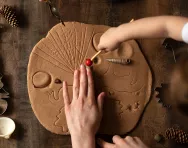
"Children are born with a sense of wonder – their eyes alert to the world’s beauty and their bodies longing to explore and move," says Dr Sandra Duncan, a teacher with over 45 years of experience in early care and education, in her foreword to Wonder Art Workshop by Sally Haughey.


Download a FREE Creative Writing toolkit!
- KS1 & KS2 workbooks
- Bursting with fill-in prompt sheets and inspiring ideas
- Story structure tips, style guides and editing suggestions
"It is unfortunate, with the passage of time, that children’s eyes turn dim, their bodies become still – and their inquisitive minds grow quiet. Rather than directing their attention to the colourful butterfly floating across the azure sky, young children’s attention is more focused on one-dimensional objects appearing on the television or computer screen. Rather than experiencing the feeling of mud or manipulating clay in a hundred different ways, they are experiencing plastic molded and single-use toys with no visual or kinesthetic textures. Instead of being mesmerised by how paint flows and drips on the paper, they are memorising the letters of the alphabet.
"It is time to bring back wonder into young children’s hearts and lives – to put aside the worksheets, the plastic toys, and the paper plate art project where the teddy bears with googly eyes all look exactly the same.
"It’s time to abandon traditional classroom arts and crafts projects that are more interested in a tangible output or replicated end product, which in most instances means every child’s work looks pretty much the same as everyone else’s."
Help your child develop their artistic skills with these hands-on, play-based sculpture activities, which start with art but lead into creative investigations of other subjects, including science and literacy. The author's wonder-based approach reflects and synthesises several child-centered educational movements, including Montessori.
Make a CD spaceship
Make a loose parts sculpture
Make a tube sculpture
More art and sculpture ideas for children
If you've enjoyed this extract from Wonder Art Workshop by Sally Haughey (£16.99, Quarry Books), invest in the book for another 22 activities that let your child take the lead in developing their own sense of intrinsic motivation to imagine, experiment, and discover.




